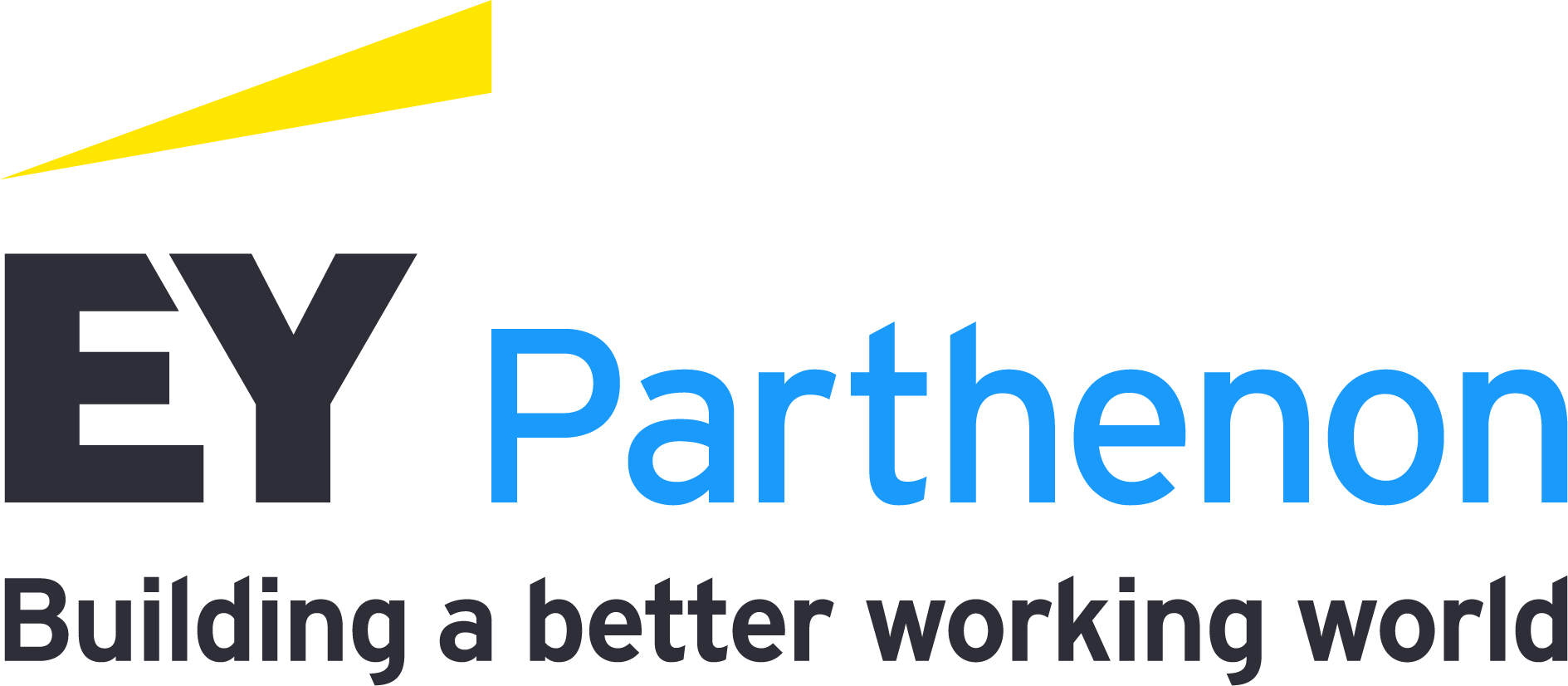The performance frontier reflects reimagining “what good looks like” given the right mix of attributes, standards, targets and incentives. It creates a measurable framework incorporating a wide range of attributes reflecting key areas of execution across the business – a blend of internal and external outcomes that relate to inherent expectations of a utility.
While specific improvement areas can differ jurisdictionally and by utility, critical attributes typically include:
- System performance
- Customer response
- Capital efficiency
- Energy transition
- Innovative thinking
- Mandate conformance
These attributes can incorporate other areas regulators look to for better execution, lower input costs, smarter investment and/or price restraint.
Defining the attributes comprising a performance frontier is incomplete without specifying specific, tangible standards for execution. A utility needs to establish a current performance baseline, then define continually higher levels of sustained performance using comparators – domestically or internationally – and self-challenge. These data points inform an initial gap, improvement targets and paths to succeeding target levels.
Standards and targets define the goals and outcomes to be delivered or produced, reflecting cascading improvement over time. At the outset, the performance frontier end-state is not truly known – a directional heading may be visible, but the frontier is recalibrated as attainment stages are realized. Since pursuing the performance frontier is a multiyear journey toward optimal execution, near-term standards and targets represent increasingly challenging stages of future operating levels.
When a performance frontier model is adopted by utilities, internal collaboration on standards and targets occurs during the planning and budgeting process, with intense multiyear focus, “hard-wired” to financial plans and directly linked to outcomes and internal incentives.
Standards or targets need to be clear, as does integration into annual and multiyear planning. These elements do not exist outside traditional plans and budgets; they form the basis for these processes and help determine how execution priorities, technology spend, work resources and capital deployment are developed.
Adopting a performance frontier model is not a paint-by-the-numbers undertaking with selection of one approach over another. It is a complete mindset shift with reframing of business expectations, incorporating multiple complementary techniques and model to support achieving desired outcomes.















